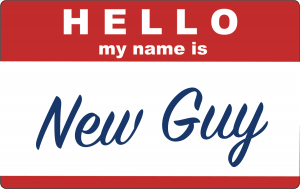 Geoff Younghusband, Residential Portfolio Manager at Ottawa-based Osgoode Properties, once had to let a disruptive employee go. That’s always difficult, but this time Younghusband started to wonder, “How did we hire this kind of personality in the first place?”
Geoff Younghusband, Residential Portfolio Manager at Ottawa-based Osgoode Properties, once had to let a disruptive employee go. That’s always difficult, but this time Younghusband started to wonder, “How did we hire this kind of personality in the first place?”
“We had higher turnover than we were comfortable with, and not just the problem people. You can lose good people too if you hire disruptive individuals, and everyone gets discouraged with upper management for poor hiring.”
Admitting they weren’t as good as they wanted to be at hiring was Younghusband’s first lesson. “Personality is hard to uncover in an interview, and like most of my peers in the industry, I haven’t had any training in how to identify those traits. Now we’ve created a much more precise and deliberate process. We know that for the right people, we can teach hard skills. But we can’t teach how to work with other people, or genuinely care about tenants.”
So now Osgoode’s hiring process has begun emphasizing strong personality traits that help candidates work well with their immediate colleagues. For a field rental agent, for example, phone interviews are held with the property and HR managers, but the final interviews are with the supervisor the new person will actually report to, held onsite at the building where they’ll actually work.
Osgoode also hired a full-time training manager, who doesn’t just do training. They’re involved in the hiring process right from the beginning, at the onsite interview, to observe interactions between supervisor and candidate. This way the training manager understands early what a new staff member needs and what they don’t need to help them succeed in their new job, “so the building manager doesn’t just throw them the manual and call it done,” as Younghusband describes it. After 90-days probation, the training manager is part of evaluating the new hire’s performance and providing any further training needed.
If a problem arises, the training manager is there to see if it’s the employee, or the supervisor. “Property managers are generalists. Managing people isn’t always their best skill. If there’s a problem with an employee, maybe the manager’s the one who needs some training,” says Younghusband.
This precise and deliberate, process-focused approach integrates hiring, training, evaluation and supervision in the service of every new employee’s success. It has paid off. “We now hire better people who accelerate faster and stay longer,” says Younghusband. “Our training manager is an internal hire who can project Osgoode values, and having them there from hiring through training, evaluation and more training means our employees have the best support they can get.”
The process costs time and money, Younghusband admits, but “it was costing us more being hasty, and having all that churn. Now good people see us favourably as a place to work. Ottawa isn’t Toronto. A good property manager isn’t so easy to find.”
An unexpected benefit comes from what looks like a problem: the longer time it takes to fill vacancies. “If someone gives two weeks’ notice, we still take 6-8 weeks to go through our process, but that’s better than getting the wrong person fast. During that time, people in different positions step in to fill different parts of the gap, whatever’s needed. Then everyone starts to understand and appreciate each other’s jobs better. People organically start to help each other out more, even after we hire someone. Management has to be flexible with short term performance as everyone tries to do their best in the gap, but in the long run people appreciate the reason for it, and it’s team-building.”
This is a generous approach that benefits everyone. “Clarity is generous,” Younghusband says. “Having a clear, precise and deliberate process for hiring and developing people, that’s a gift.” Osgoode now promotes more people from within, turnover is down, performance is improved, and Younghusband says he sleeps better knowing they’re doing the right thing by people.
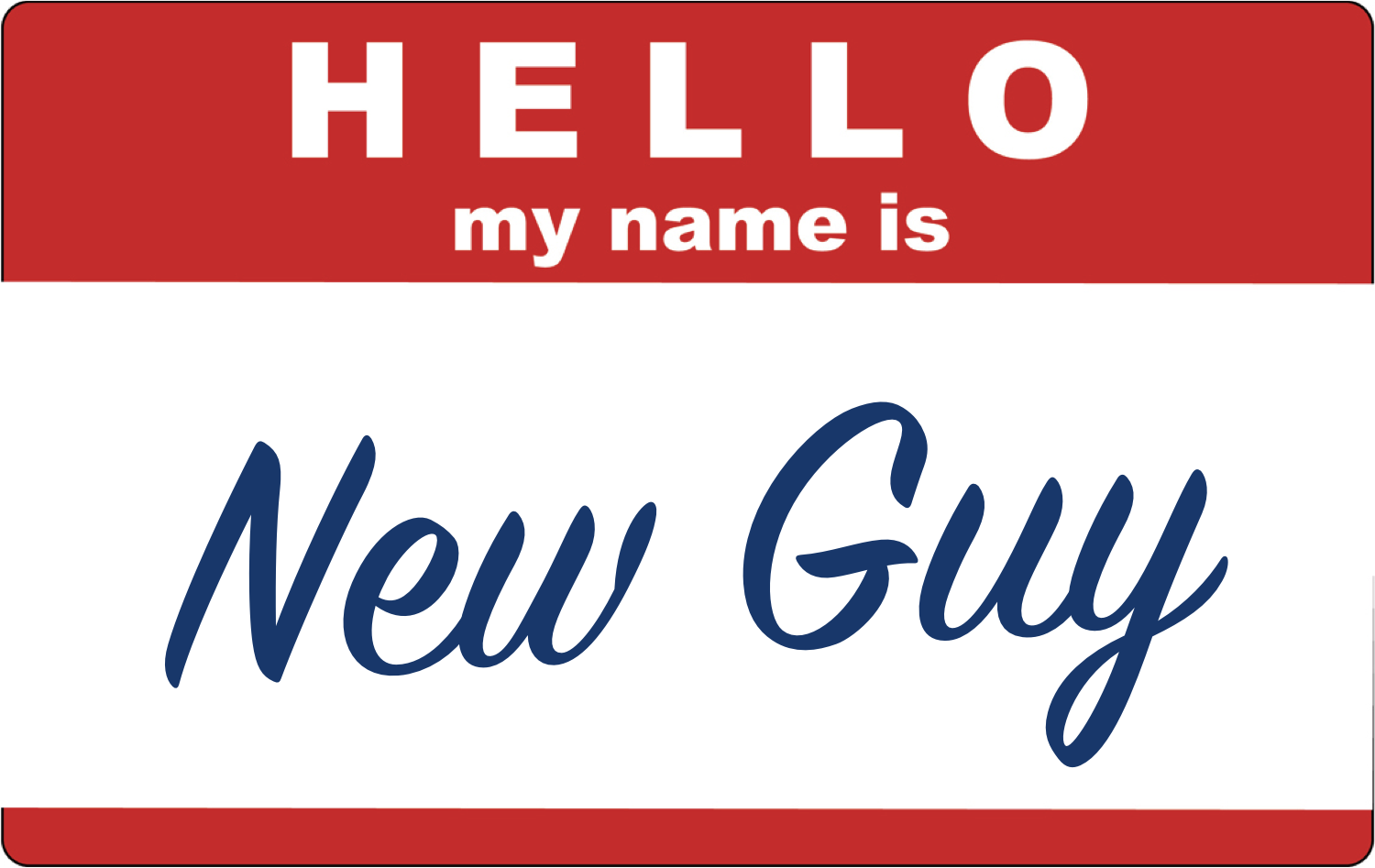
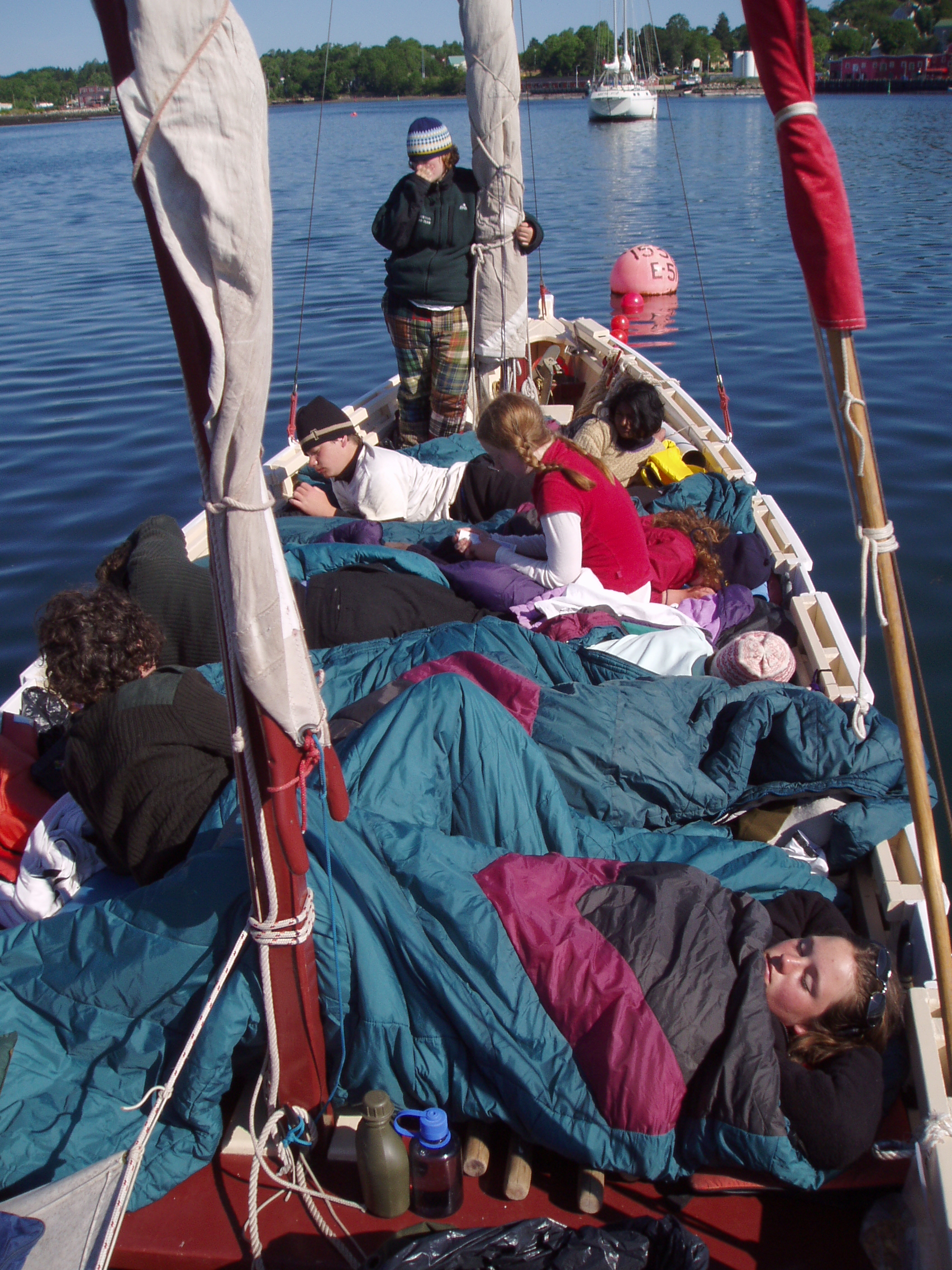
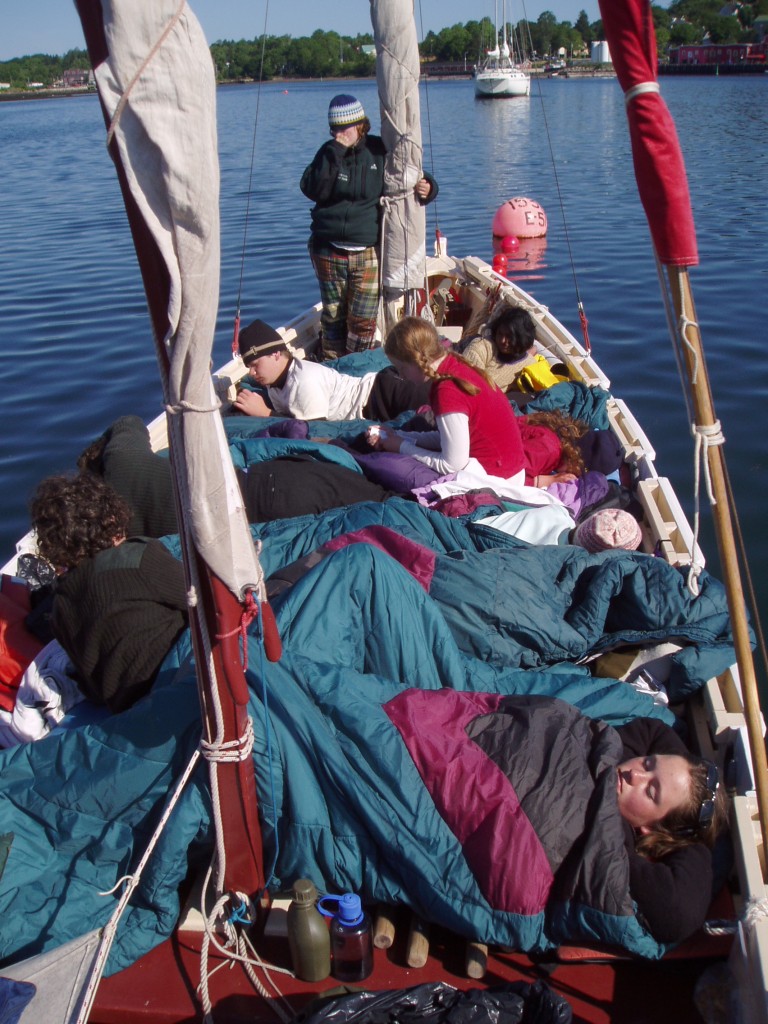 Our culture teaches us to be addicted to activity, and this is how we learn to mistake claustrophobia for engagement. We fill up the space of our lives with tasks, with talk, with preoccupation, with judgment, with assumptions about things we’ve never bothered to really ask about, with expectations and tensions and conflicts, with deadlines and ambitions, and the list goes on.
Our culture teaches us to be addicted to activity, and this is how we learn to mistake claustrophobia for engagement. We fill up the space of our lives with tasks, with talk, with preoccupation, with judgment, with assumptions about things we’ve never bothered to really ask about, with expectations and tensions and conflicts, with deadlines and ambitions, and the list goes on.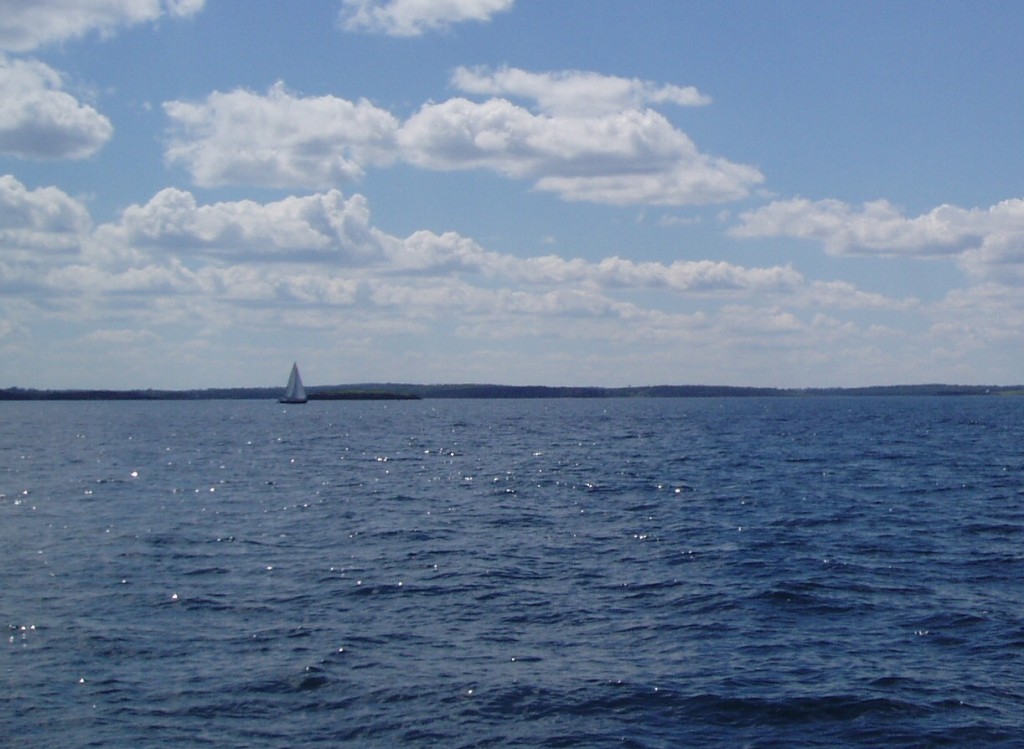






 I once sailed with a young woman named Stephanie on the tall ship Corwith Cramer. The Cramer is a modern sailing research vessel that takes university students to sea for semesters of oceanographic science and seamanship training as part of their undergraduate degrees.
I once sailed with a young woman named Stephanie on the tall ship Corwith Cramer. The Cramer is a modern sailing research vessel that takes university students to sea for semesters of oceanographic science and seamanship training as part of their undergraduate degrees.



